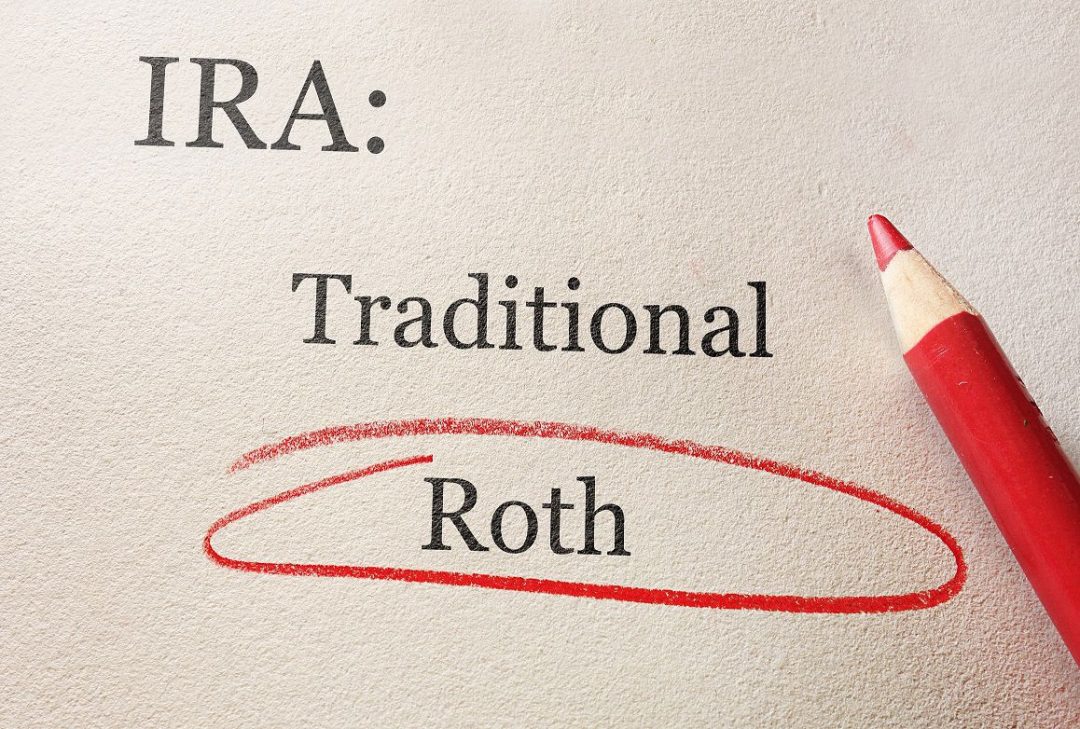With the time to pay taxes approaching soon, most taxpayers in the US are currently contemplating on what method they should use to save their money. One of these methods being funding IRAs, it is only natural for the ones contemplating those to wonder whether they should opt for a Roth IRA or a traditional one. Each have their own sets of benefits, and prove to be more efficient for certain situations than others.
Are you wondering which IRA you should use? Here are some guidelines to help you understand the difference between the two.
Contribution Limits
Both Roth and traditional IRAs have the same contribution limits. As of 2017, you can contribute up to $5,500 to your IRA. You can also contribute an extra $1,000 as catch-up if you are of age 50 or above by the end of the tax year.
Deductibility
The eligibility of an individual to deduct traditional supplements to an IRA (and therefore receive a tax credit for the year in which the contribution was made) makes for a major factor in deciding between a Roth and a traditional IRA. This eligibility is directly dependent on whether the taxpayers fulfills the minimum requirements.
According to Dan Stewart CFA®, president of Revere Asset Management, Inc., in Dallas, Texas, a traditional IRA can be fully tax deductible if the taxpayer and the taxpayer’s spouse are not participating in any work-based retirement plan (regardless of income), or if they participate in a work-based retirement plan but have an income of $62,000 (if they are filing individually) or $99,000 (if they are filing jointly). Any contributions made beyond those levels will not have any influence over deduction of taxes.
For Roth IRAs, however, contributions are not able to be deducted.
Age Limitations for Contributions
If making contribution supplements to your IRA it is your priority, you must take a close look on the age caps placed on IRA contributions for either types of IRA.
In case of traditional IRAs, contributions cannot be made once the taxpayer has reached the age of 70½. Roth IRAs, however, don’t have any limit of this sort.
Age is not the only factor here, though, the income also determines the ability and eligibility to fund a Roth or traditional IRA. For instance, it is not possible to make contributions to a Roth IRA if the income exceeds a certain threshold. Additionally, the Roth IRA can be lowered should the income ever fall to a certain range. It is thus, always best for taxpayers to consult with the tax advisor to find out the maximum amount they can contribute to a Roth IRA.
Traditional IRA contributions, on the other hand, do not have any such income caps.
Required Minimum Distributions
In order to prevent yourself from having to start distributing your retirement assets before time, taxpayers must heed to the IRA rules for required minimum distributions (RMDs).
Traditional IRA owners are required to take their RMDs by April 1 of the year following the year they reach the age 70½ (which is the contribution age limit). They must, therefore, gradually reduce their IRA balance and add the distributed amount to your income, regardless of whether they actually require the funds.
Roth IRA owners, on the other hand, are not required to follow any RMD rules.
Tax Treatment of Distributions
Yet another factor that determines the which of the two IRAs are beneficial is the tax treatment of distributions. Usually, traditional IRA distributions are regarded like regular income (which therefore can be subject to taxes for your income). Additionally, the amount distributed may be subtracted by the penalties in case the withdrawals have been made before the taxpayer has reached the age of just over 59.
A Qualified Roth IRA distribution, however, is fully exempt from tax and penalty. To get qualified, Roth IRA distributions must meet a few fundamental requirements:
– The allotments must be taken at least 5 yrs after the taxpayer has funded their primary Roth IRA
– The distribution was taken as a result of at least one of the following factors:
The taxpayer has reached the age of 59½
The taxpayer is disabled.
The assignee will receive the full distribution upon death of the taxpayer
The distribution has been used to make a sale on a primary residence ($10,000 lifetime limit)
Splitting Your Contributions:
It may so happen that the taxpayer finds themselves eligible to contribute to either types of IRAs. In that case, they can choose to divide their contributions between their traditional and Roth IRAs. That said, they must take care to not allow the total amount of contributions to both IRA’s to exceed the tax limit. This figure includes the catch-up contribution if the taxpayer is over the age of 50.
Additional fees should also be considered when splitting IRAs. This includes additional fees, like the maintenance fees charged by your IRA custodian/trustee who will maintain both IRAs.
Which one is better?
As expected, this is not a simple “Option A or Option B” answer. The detrimental factor for most taxpayers is their eligibility to deduct their IRA contributions, which often leads them to opting for traditional IRAs. That said, this eligibility does not imply that the traditional IRA is always the better choice.
Roth IRAs have some inherent benefits of their own. This includes things like penalty-free distributions and freedom from RMD rules and taxes, which generally outweigh the benefits of getting a tax deduction.
If you’re still confused, you can use a Roth vs traditional IRA calculator, which can help you logically decide the better account for you.
